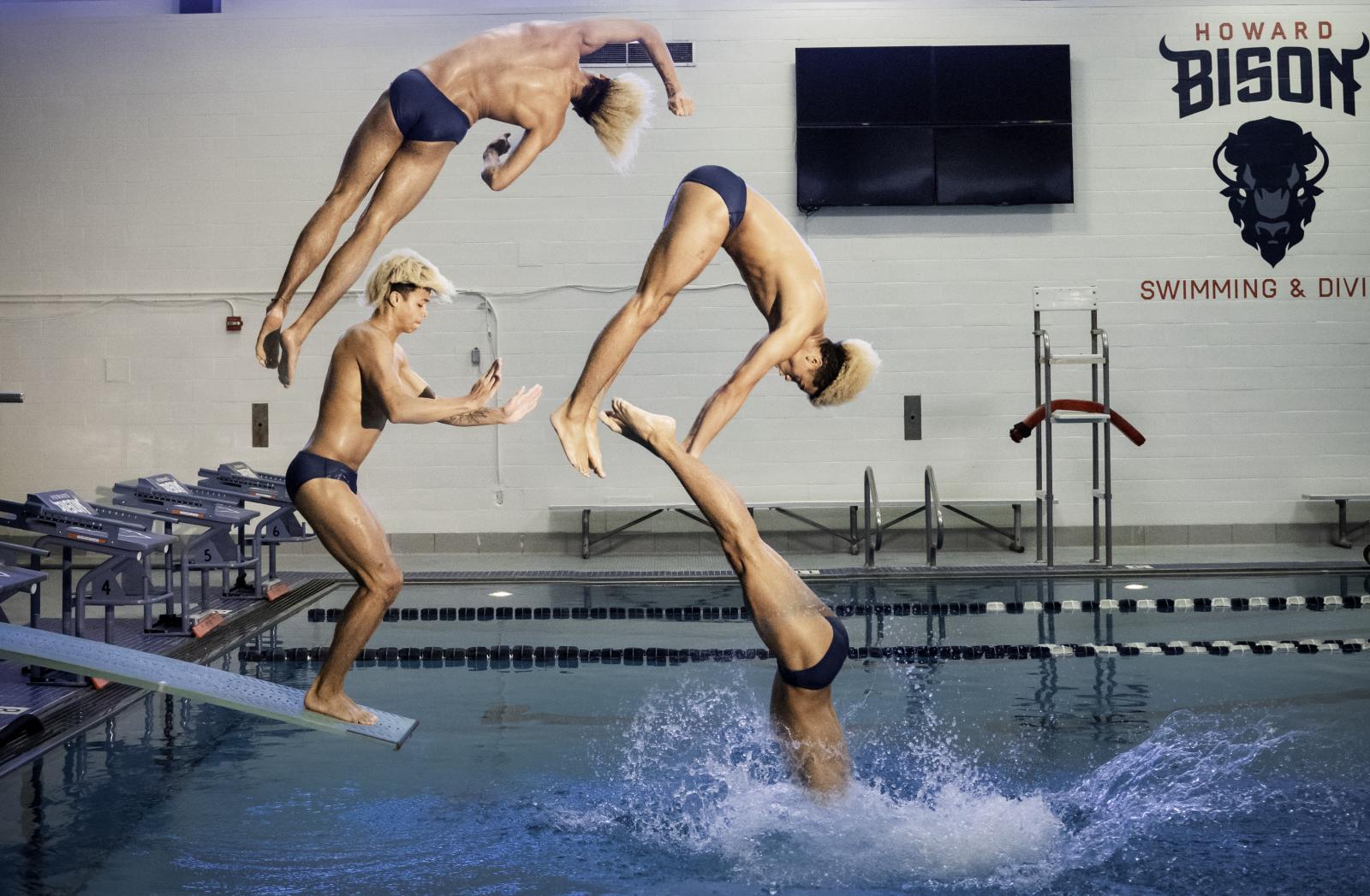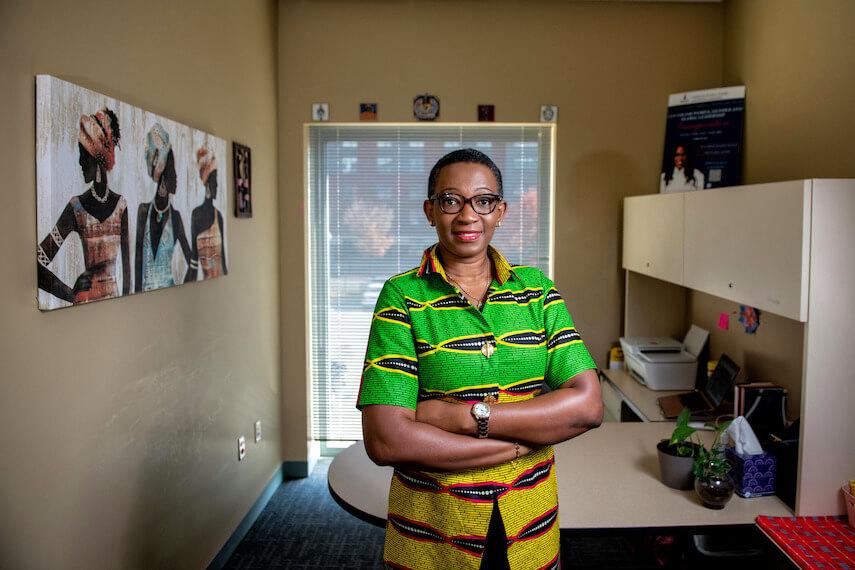Considering Howard University’s legacy of producing leaders and its standing among historically Black colleges and universities, it was perhaps unsurprising that the first Black vice president of the United States should be a graduate from our institution. But I would contend that it was just as unsurprising that she was a woman.
The election of Kamala Harris (BA ’86) to the vice presidency of the United States is testament to the principles upon which Howard was founded in 1867 and to the ability of our institution to spread its influence throughout society as well as to elevate those principles to all corners of our nation.
From Howard’s very beginning, the institution has been accessible to all people, regardless of race, ethnicity, religion, or gender. Some of the first students at this institution, founded to educate freed slaves, were the white daughters of the members of the Board of Trustees. And today, 74 percent of the Howard student body is female.
Of course, we would be remiss to dismiss Howard’s own shortcomings in the arena of gender-based equality. Prior to 2014, only one out of Howard’s 13 deans were female. On our campus, a place of enlightenment and equal opportunity, there was a paucity of female leadership.
Fortunately, today, under the leadership of President Wayne A.I. Frederick, there are now 10 female deans out of a total of 14. This progress was due both to an insistence on upholding our own values as well as to changes in our processes and procedures that reinforced and reflected those values. President Frederick has told all decanal search committees that he expects a recommendation of three finalists to be invited to campus. Additionally, if at least one of the finalists is not a woman, he would consider the search process unsuccessful.
It is important to recognize that Howard can be both an imperfect institution that is working to improve equality within our own campus and an inspiring institution working to insist on equality from society at large. This realization helped create our University’s new Center for Women, Gender, and Global Leadership in October 2021. The vision of this new institution is to be a center of excellence for Black feminist consciousness, activism, and global leadership. The center is dedicated to strengthening the rich legacy and work that has already been done by the women of Howard and extending this rich legacy to impact our national and global communities.
There is much work to be done, and Howard is best positioned to lead these critical endeavors. The center’s vast network of advisers includes female and male leaders across various industries. Our unique Global Council of Leaders includes women luminaries, diplomats, politicians, and more. The voices, perspectives, and qualifications we have assembled are unmatched. As we work to advocate for and advance the rights of women, I am confident that the center will help prove Vice President Harris’ words to be true: “I may be the first woman to hold this office, but I won’t be the last.”
I have the utmost confidence that this center will become one of the most vital institutions ever to advocate for and advance the rights of women and create opportunities for our students to become global leaders with a feminist consciousness guided by the center’s core values of resilience, integrity, service, and excellence. Let us work as one Howard, advancing gender equity for all women across the globe.
J. Jarpa Dawuni, Esq., PhD, is an associate professor of political science and the founding director of the Howard University Center for Women, Gender, and Global Leadership.
Article ID: 556




